

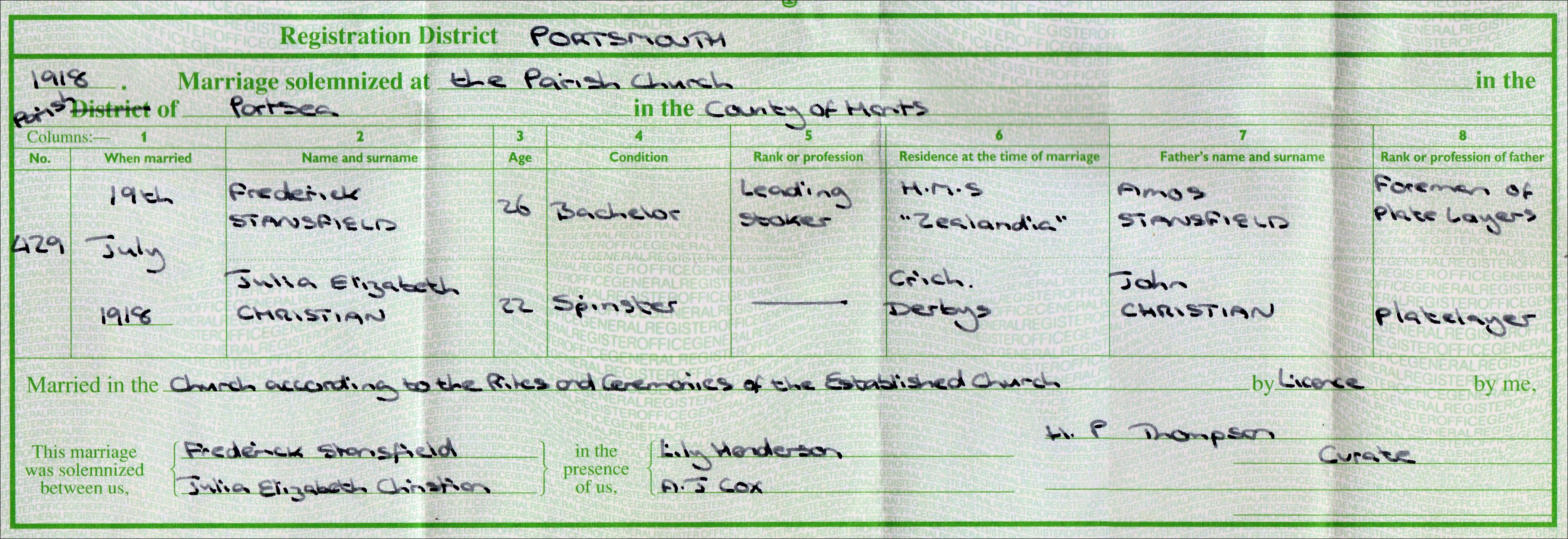
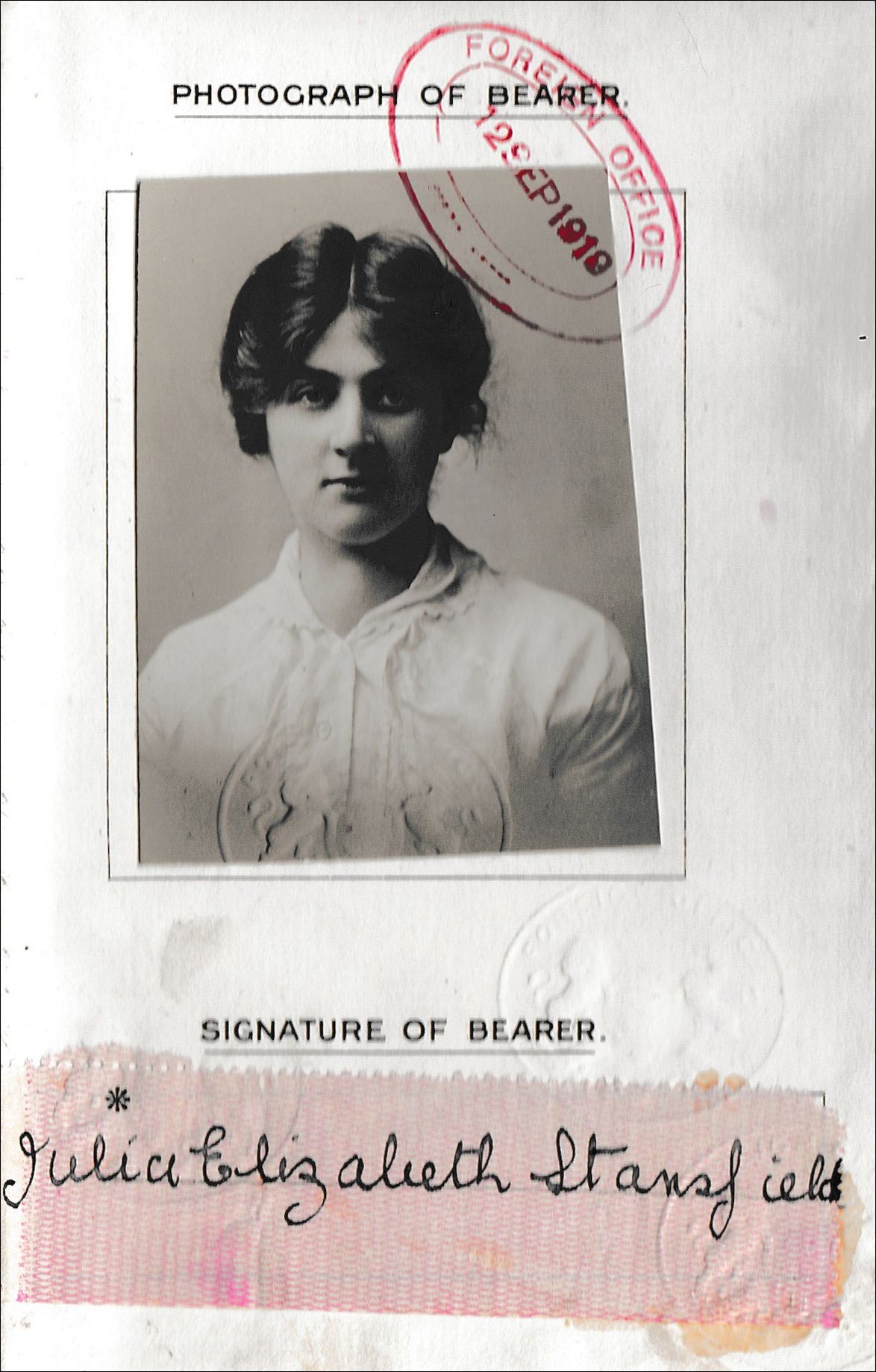
(Left and below) Julia Elizabeth's passport details.
Foreign Office endorsement of Passport indicating intention to visit Gibraltar, presumably to meet up with Frederick on shore leave.
Description:
Age: 23
Profession: none given
DoB: 27 May 1896 Oakham
Maiden name: Christian
Hgt: 5ft 2in
Forehead: low
Eyes: grey
Nose:ordinary
Mouth: ordinary
Chin: oval
Hair: light brown
Complexion:fair
Face: oval
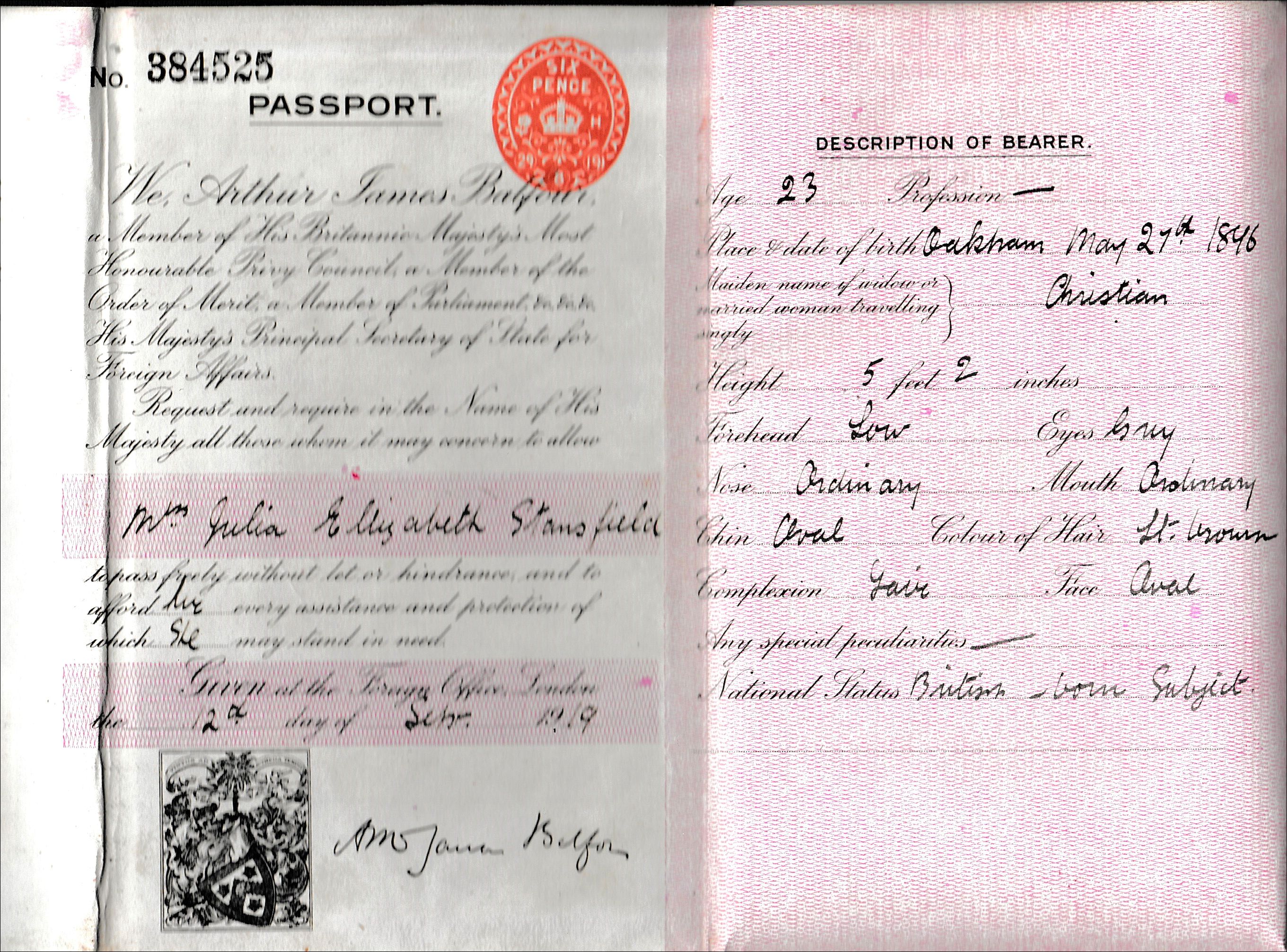
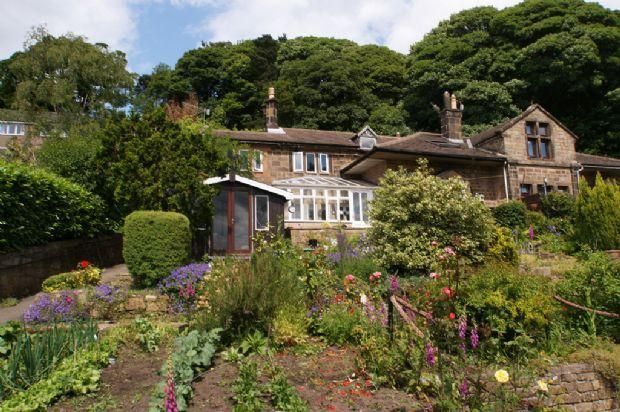
(Left) "Ridgecot", Lea Shaw, Holloway, nr Matlock, Derbyshire.
(Right) Julia Elizabeth with Charlie (left) and Geoff (right) in the garden at "Ridgecot".
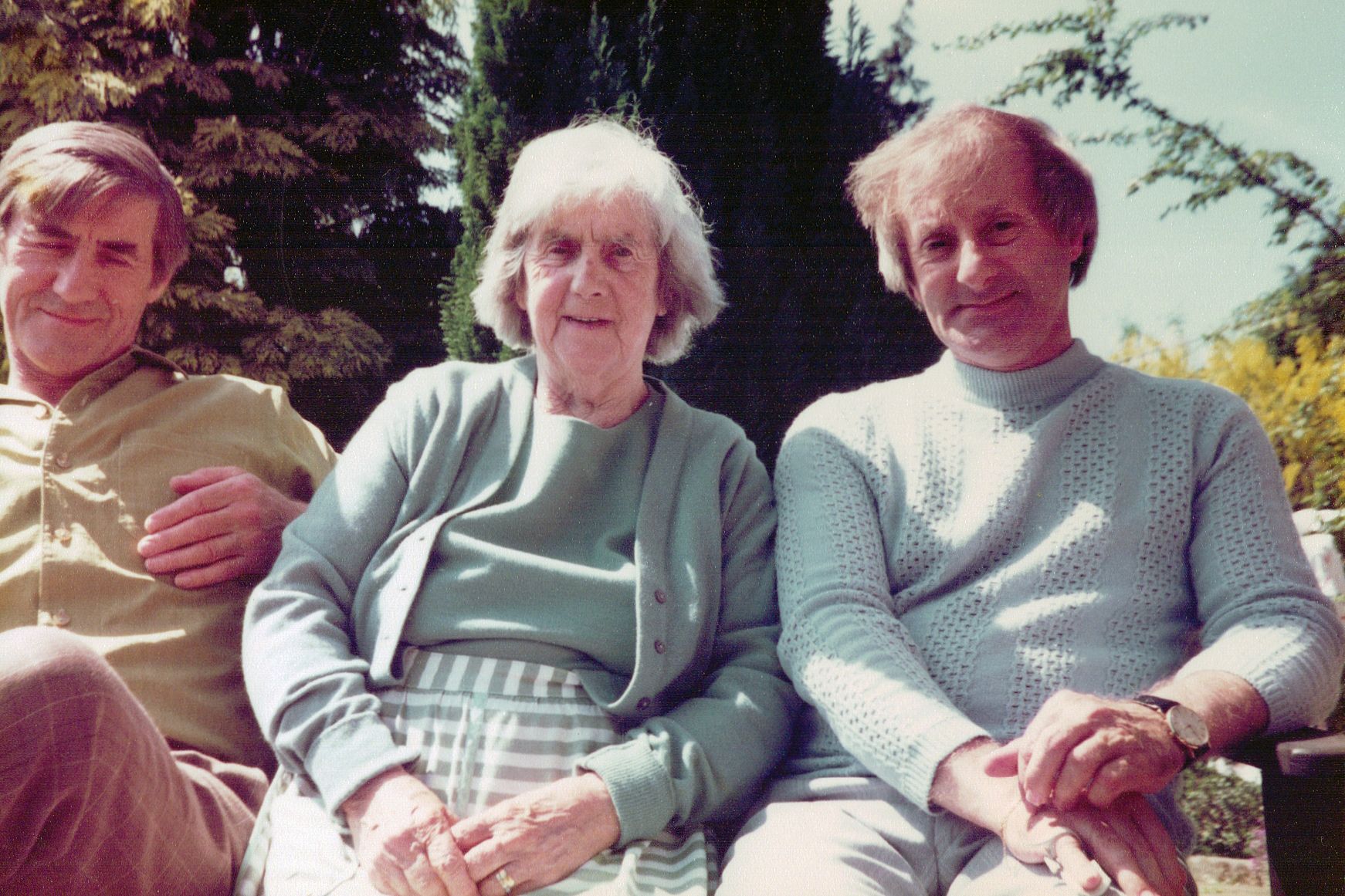
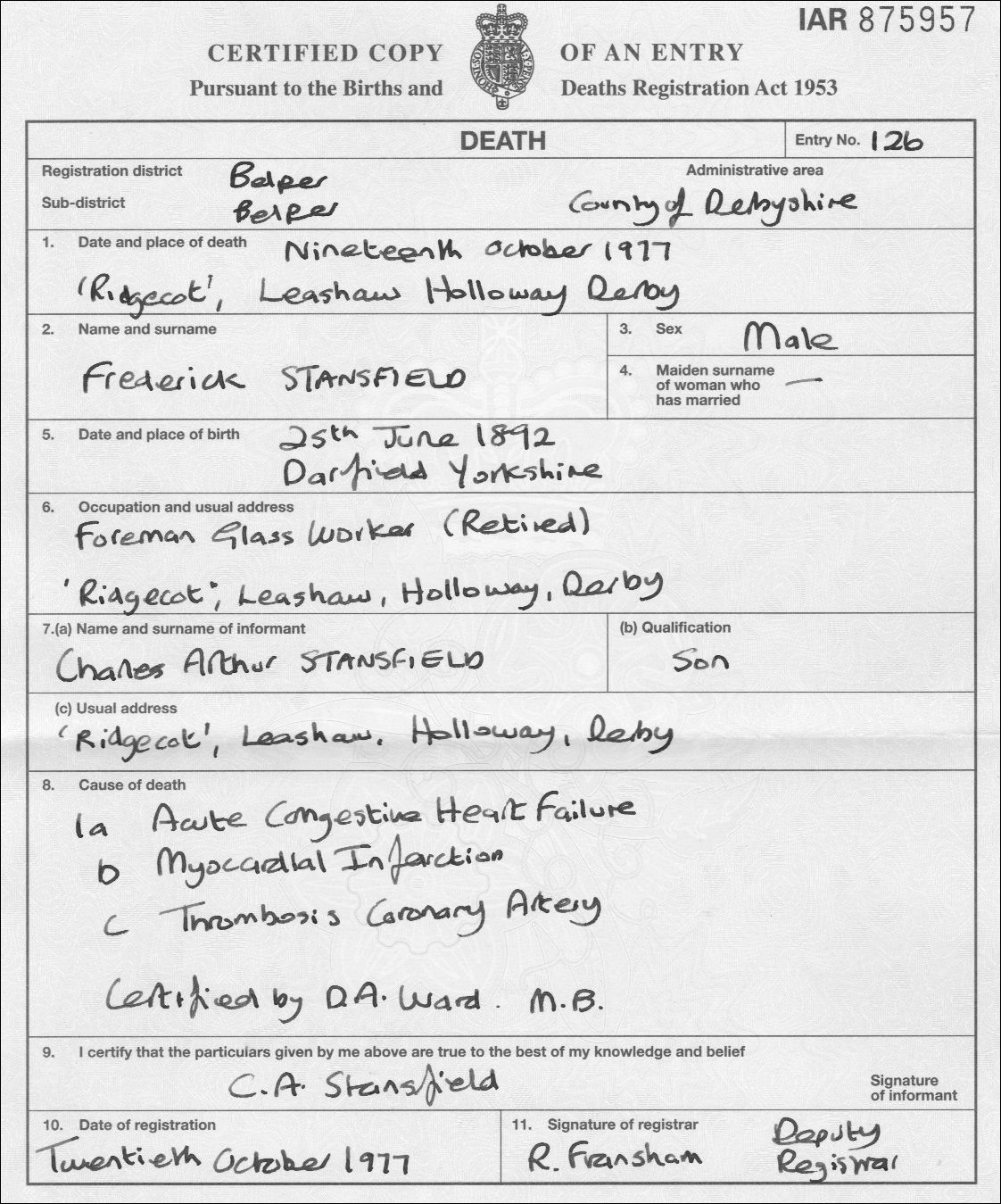
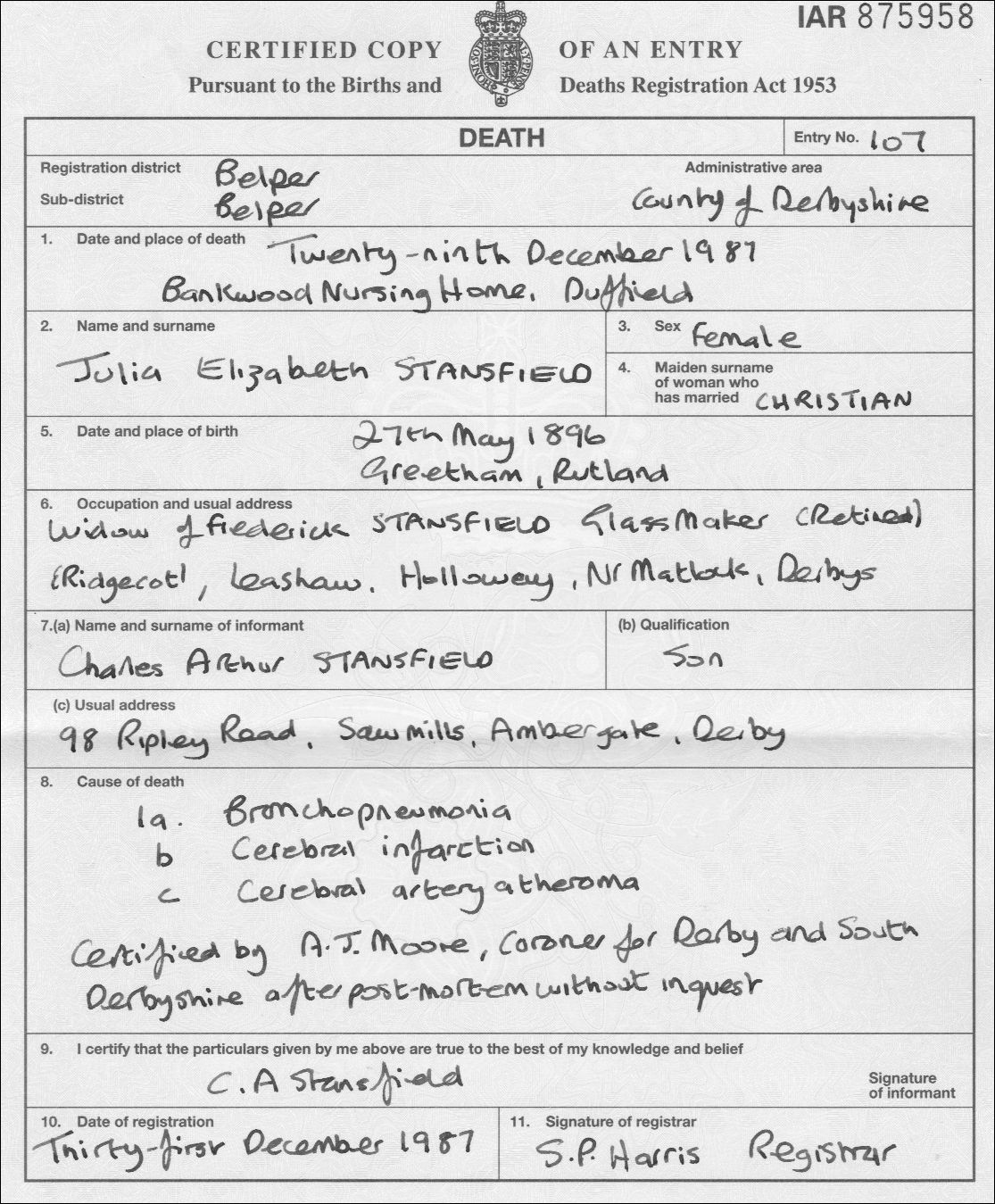
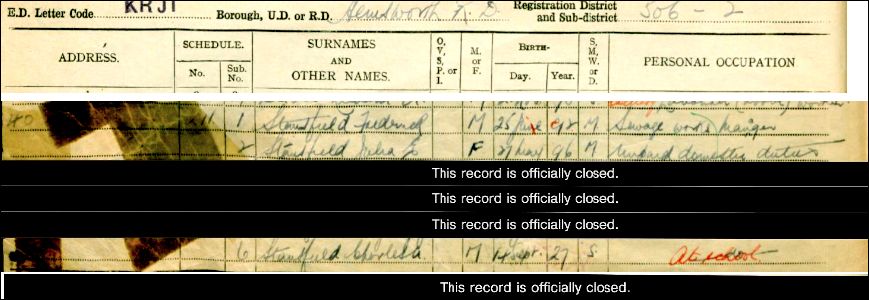
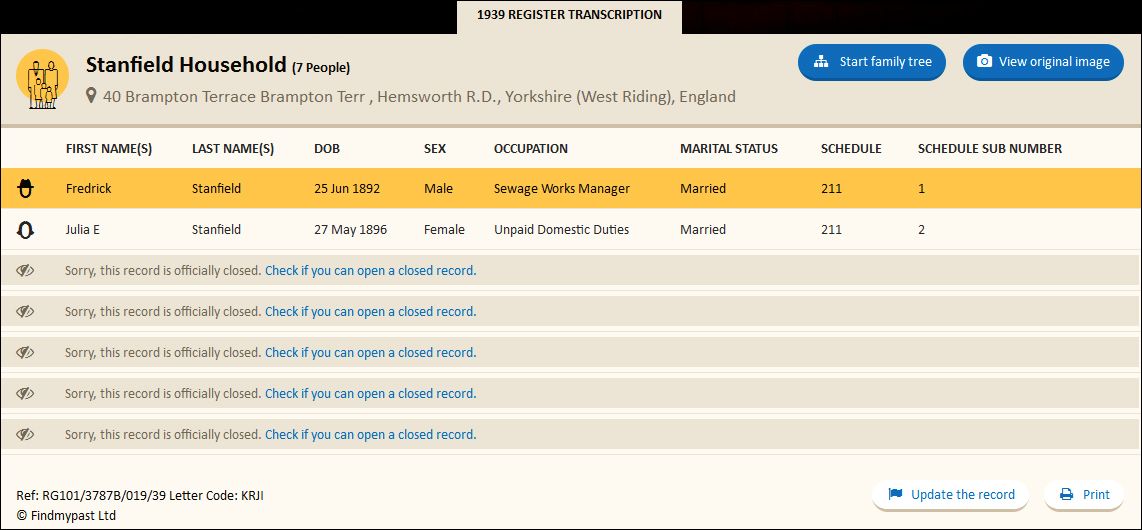
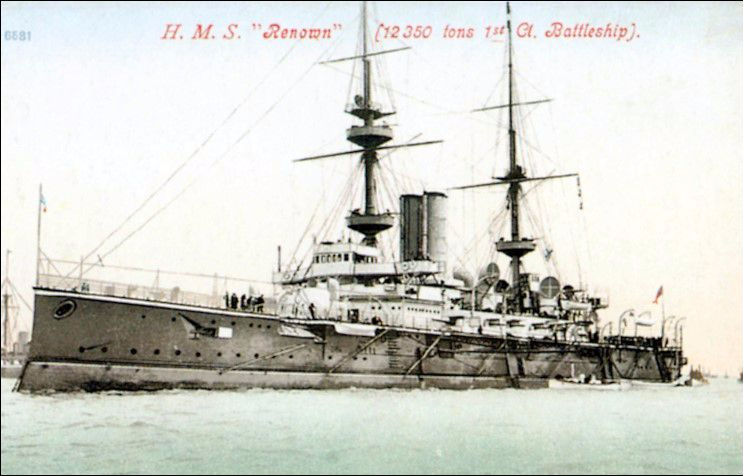
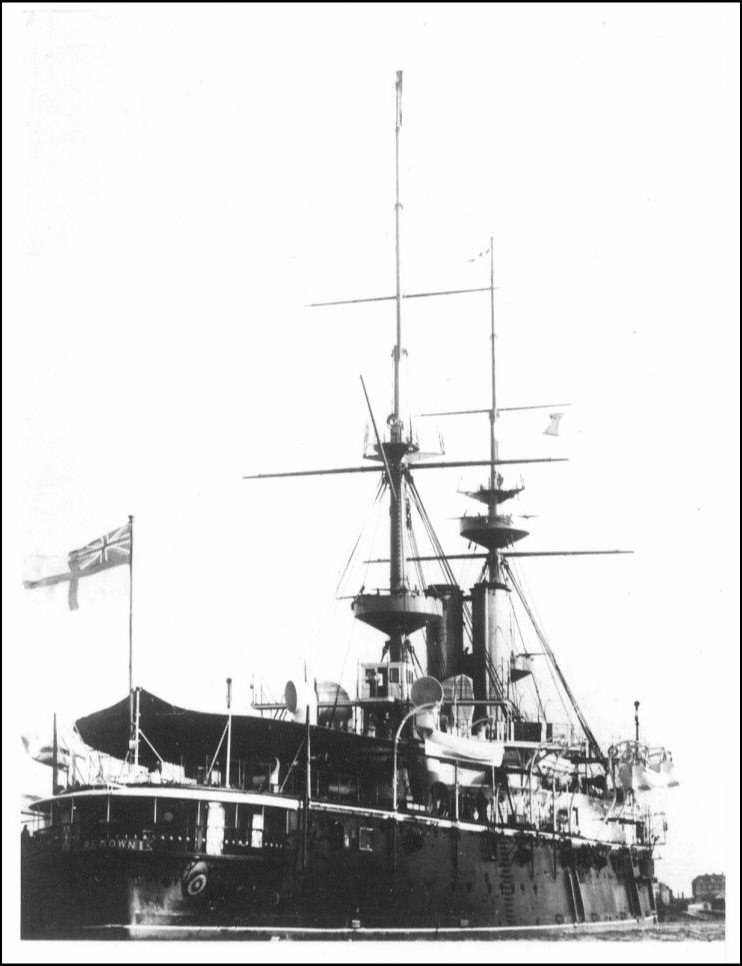
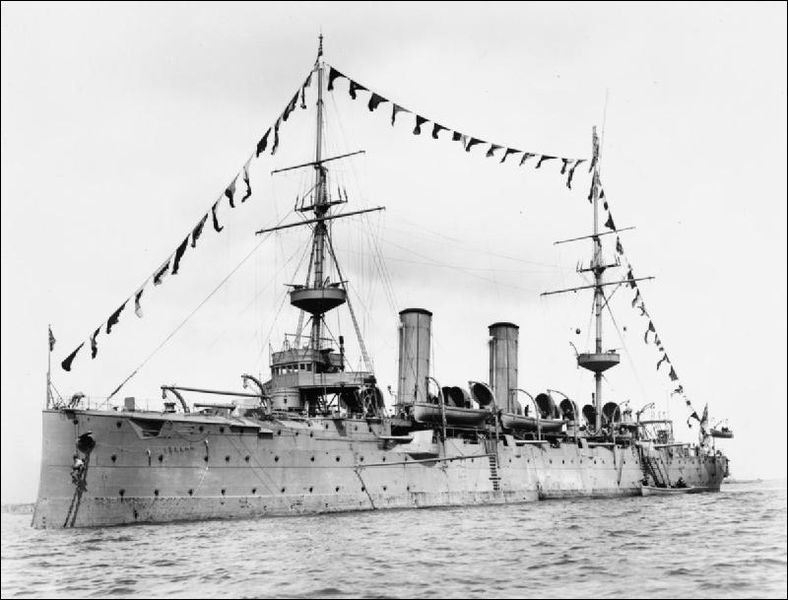
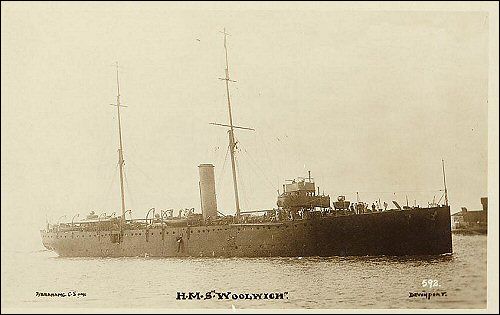
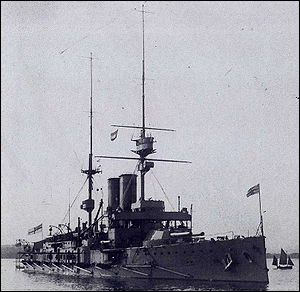
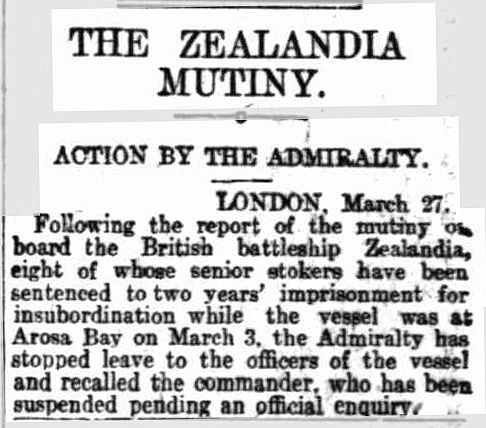
When Frederick was transferred to the Zealandia, she would have been in need of new stokers. On 3 Mar 1914 a number of the crew, including eight stokers, ‘mutinied’ and were subsequently court martialled and imprisoned. According to a document held by the National Archives the sentences were deemed “too severe and annulled owing to irregularities in proceedings of Court” – see “Making a mutinous assembly” ref ADM 116/1376 and the subsequent annulment ref ADM 156/77.